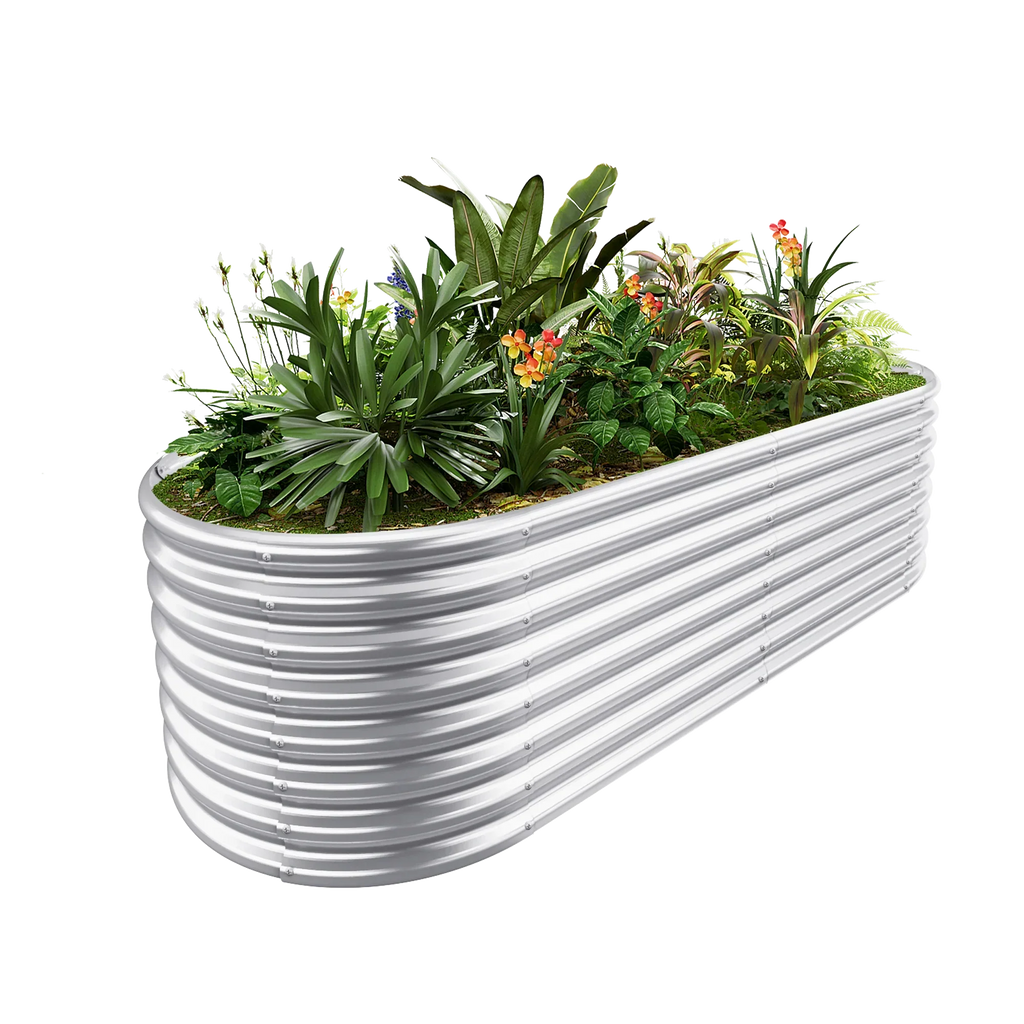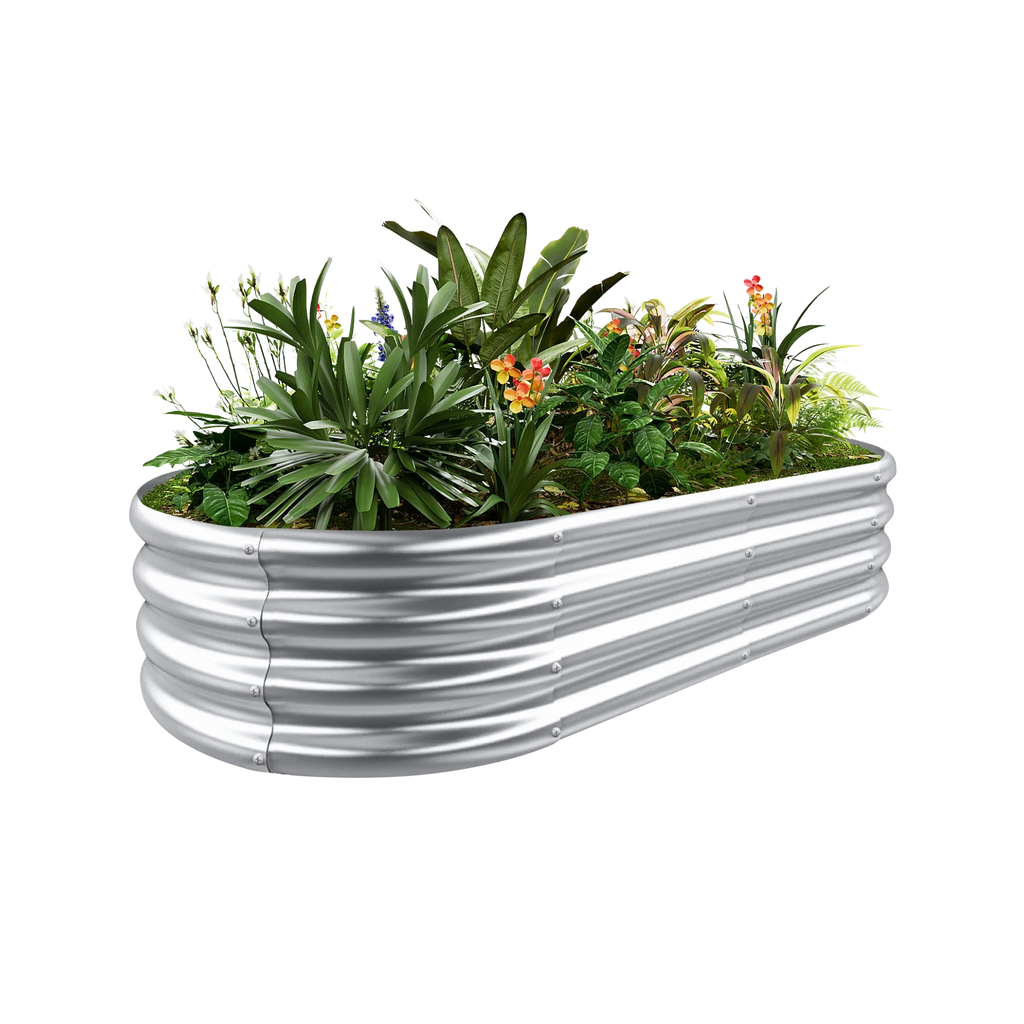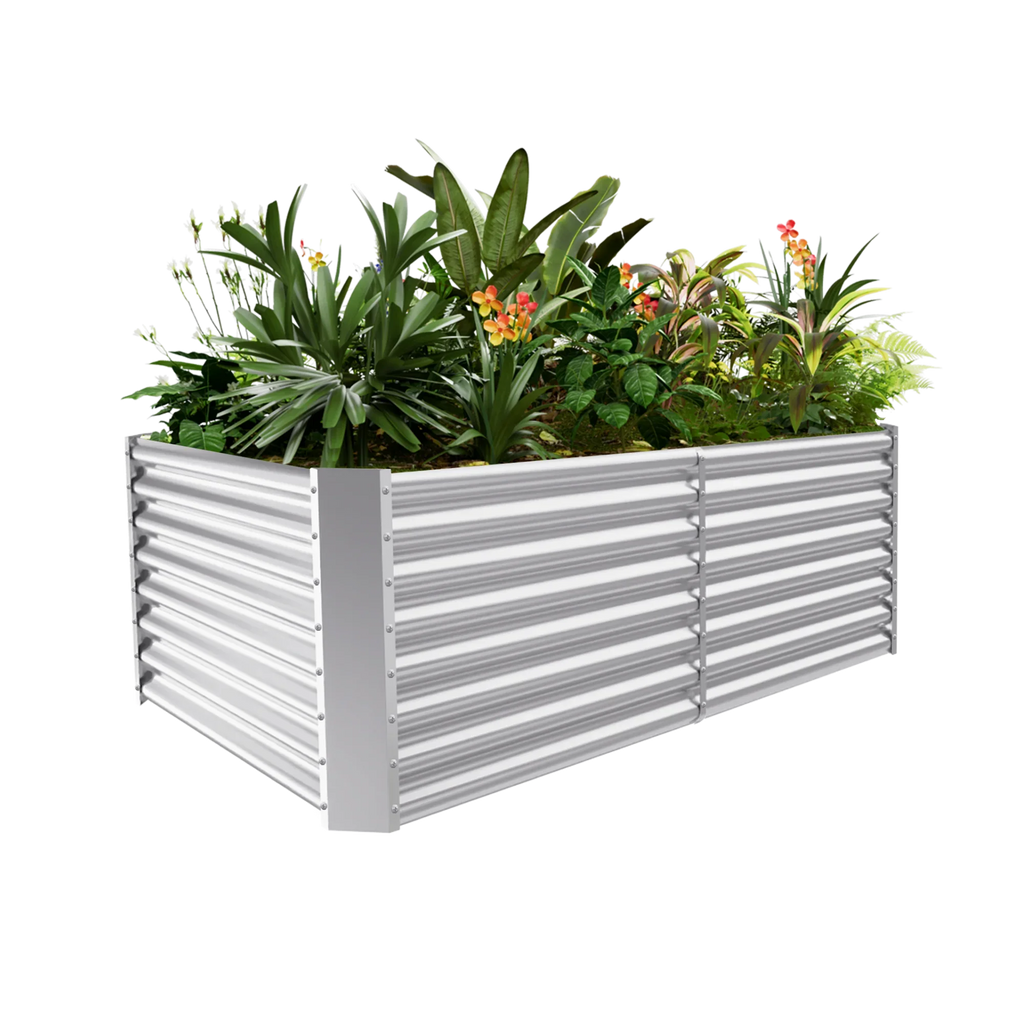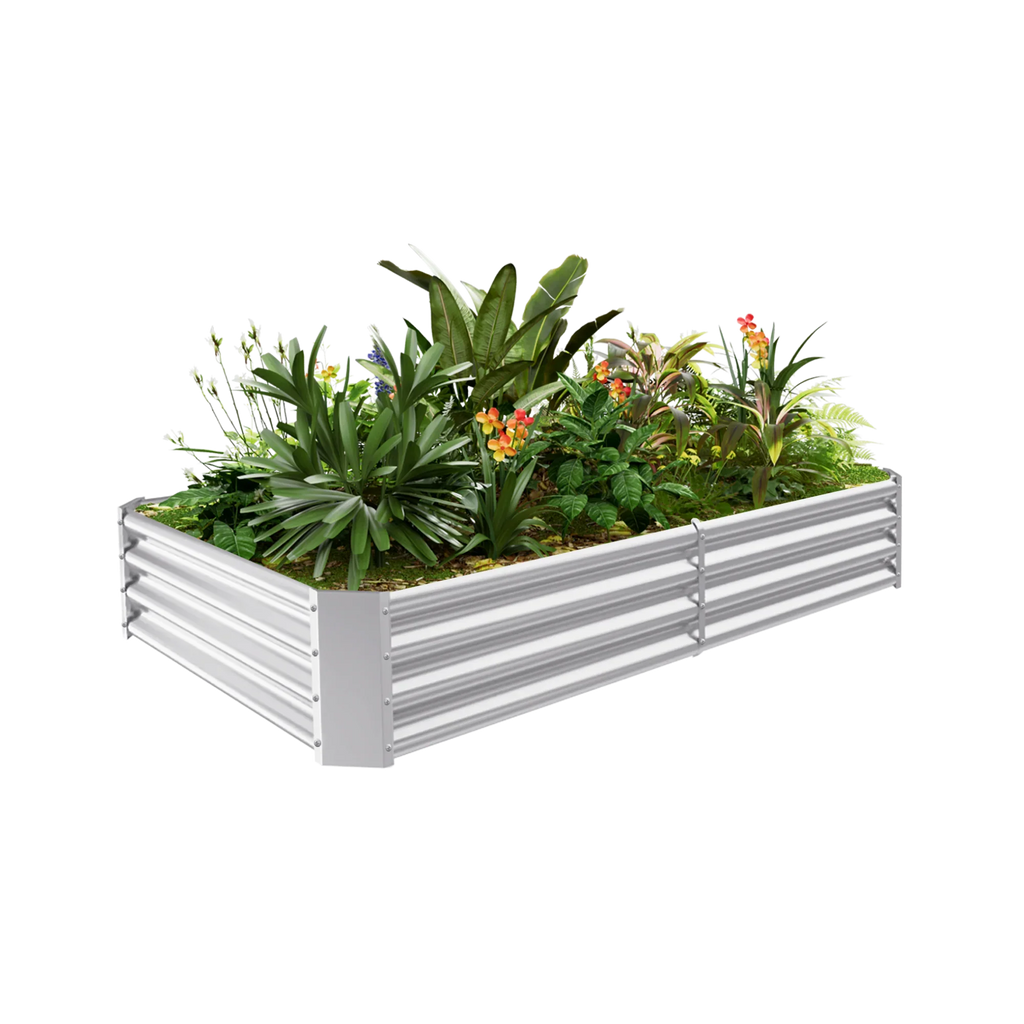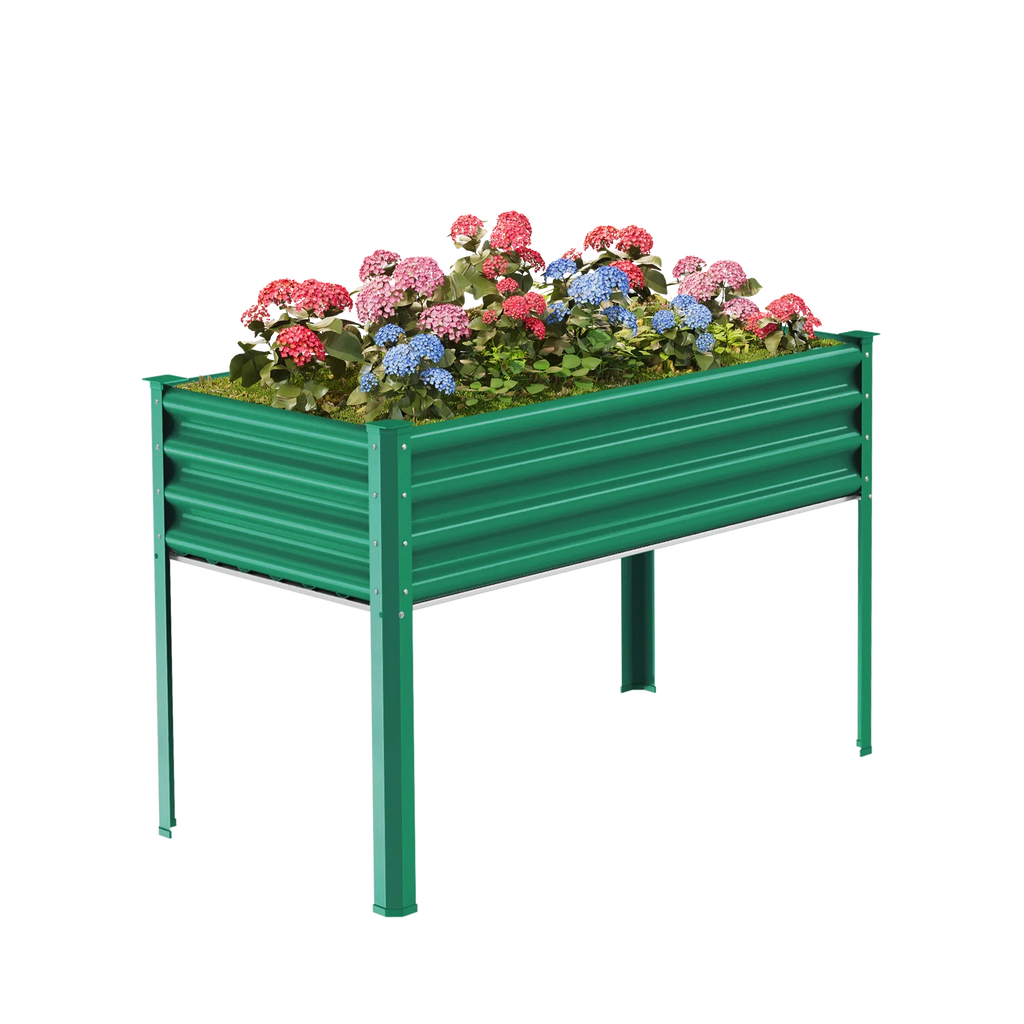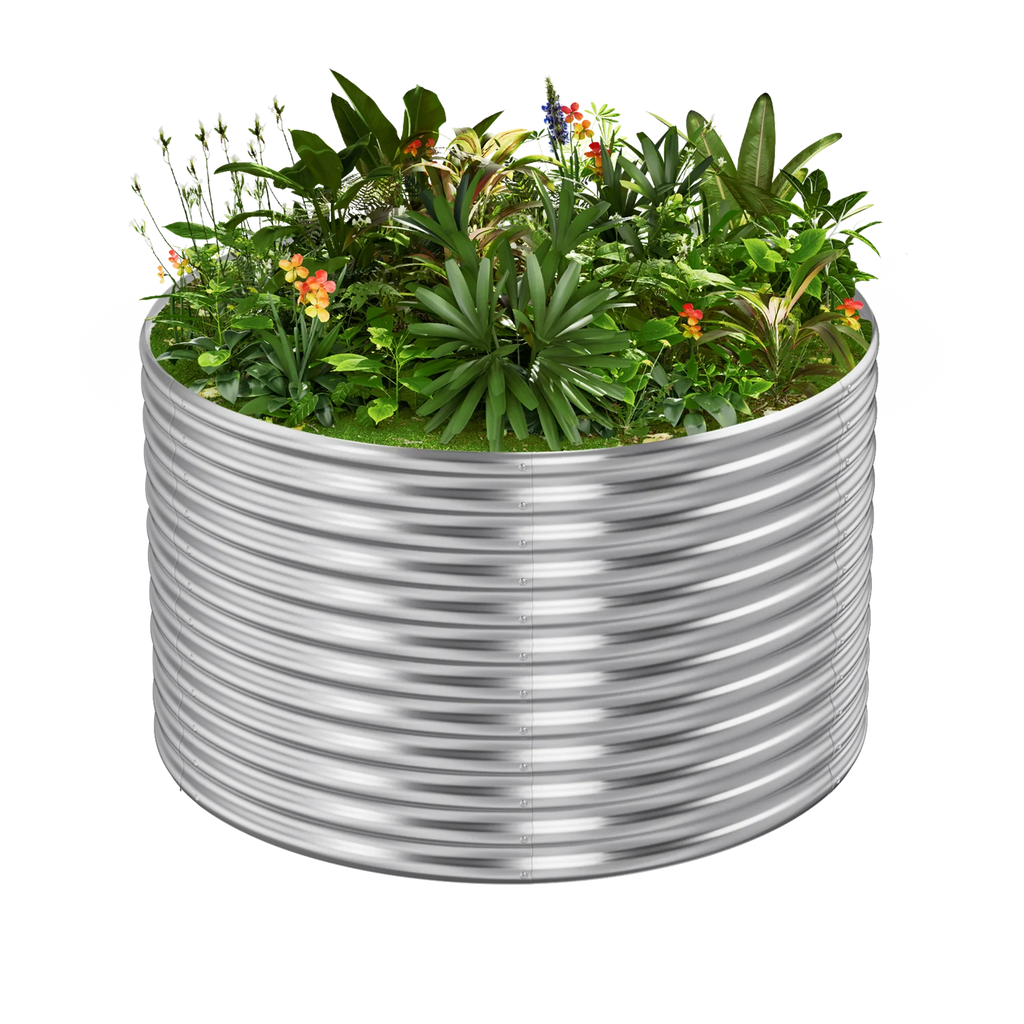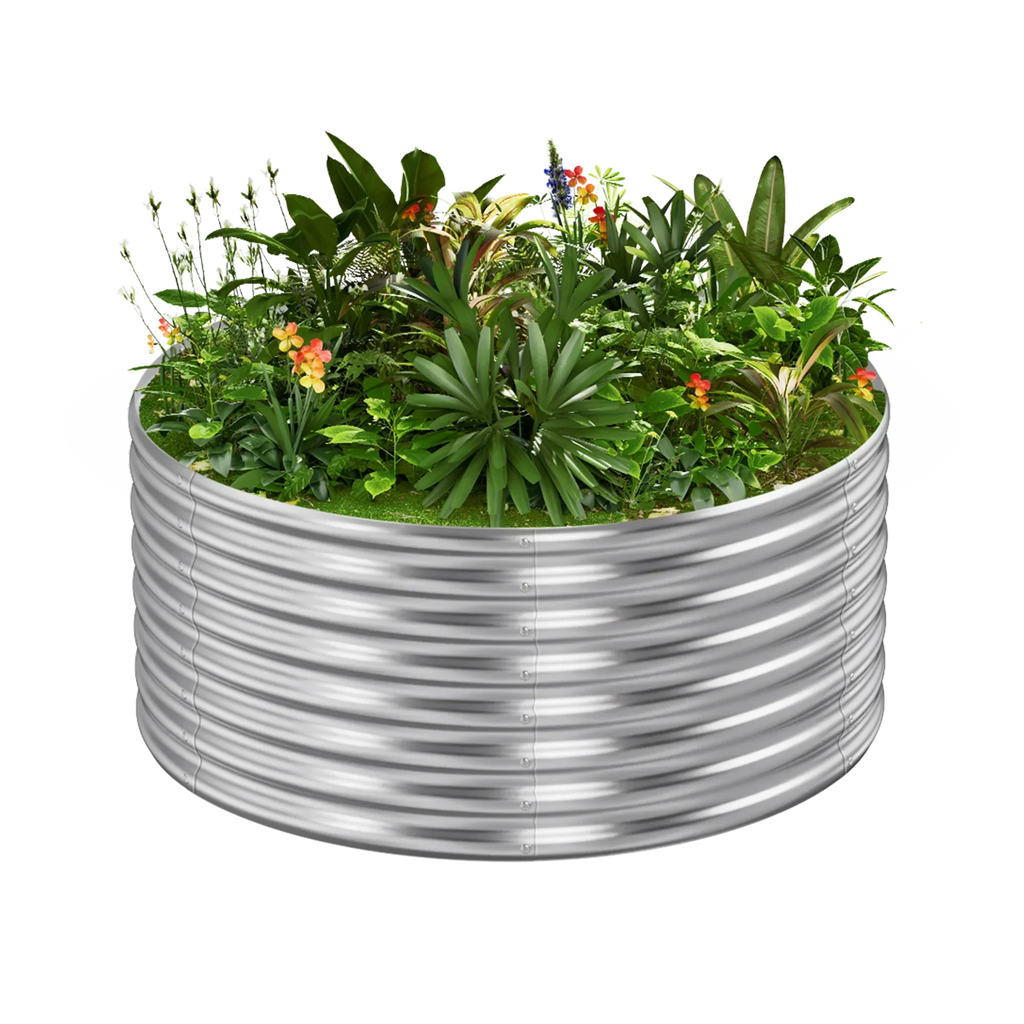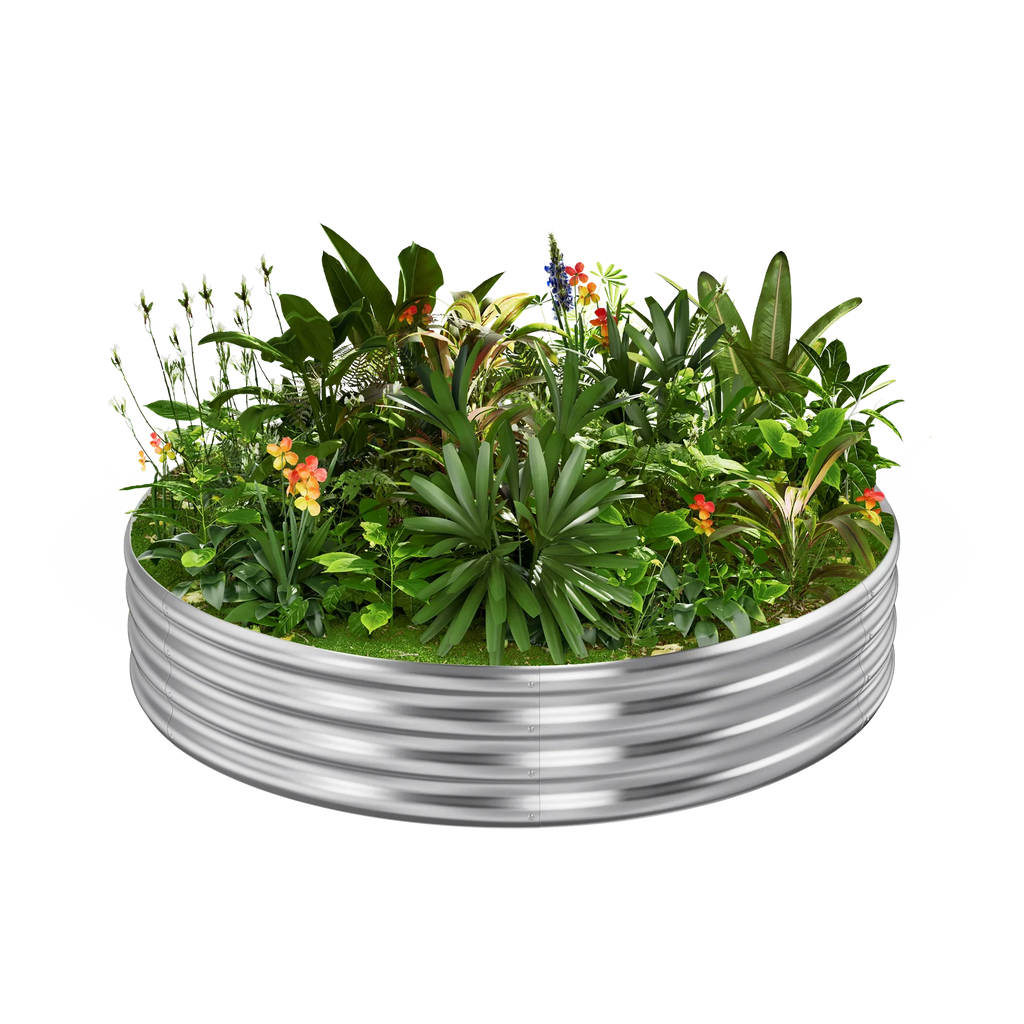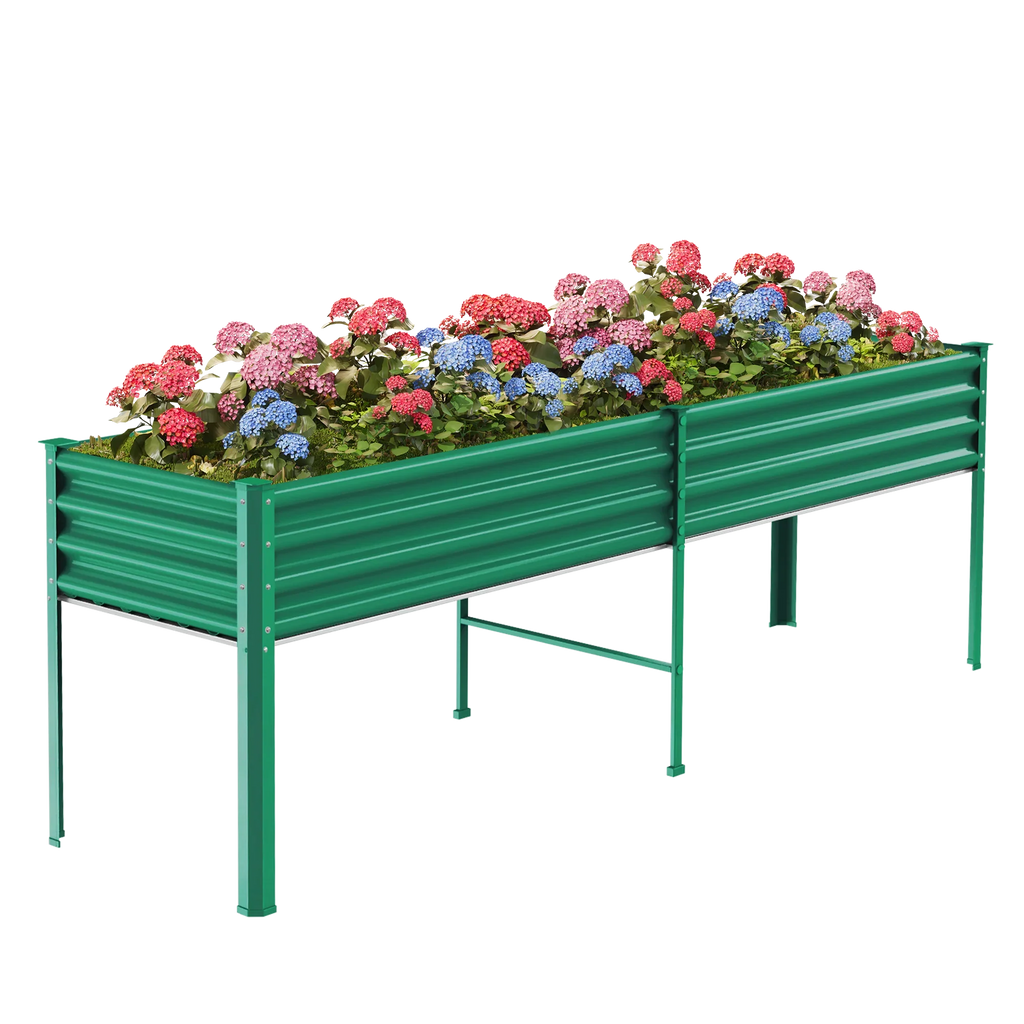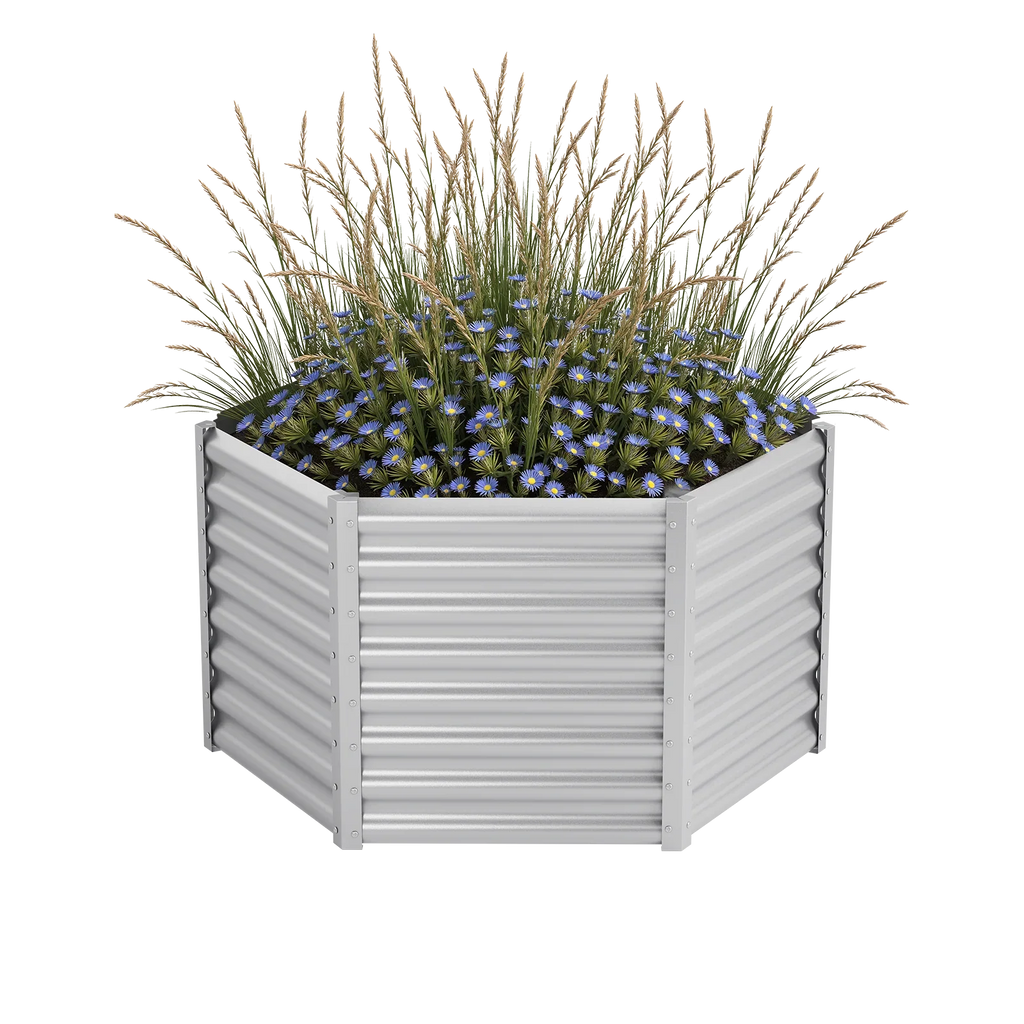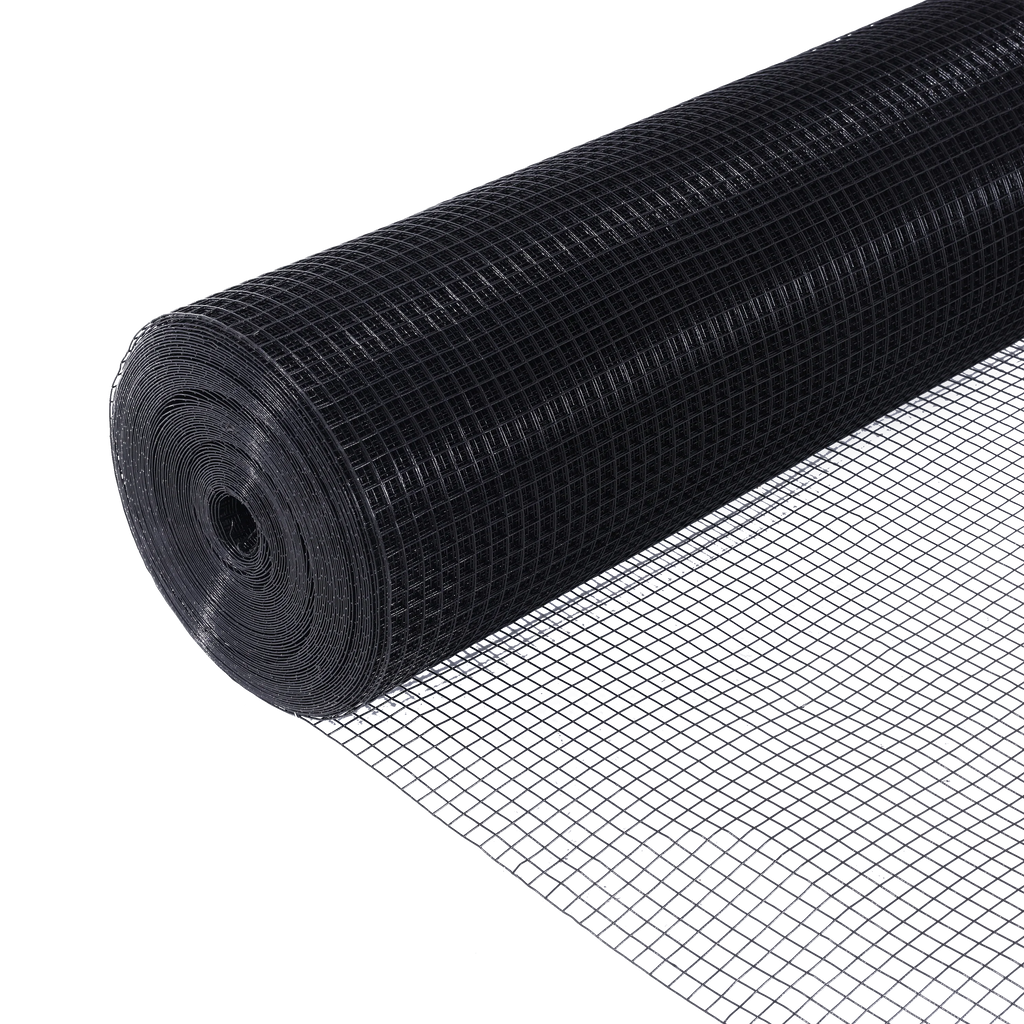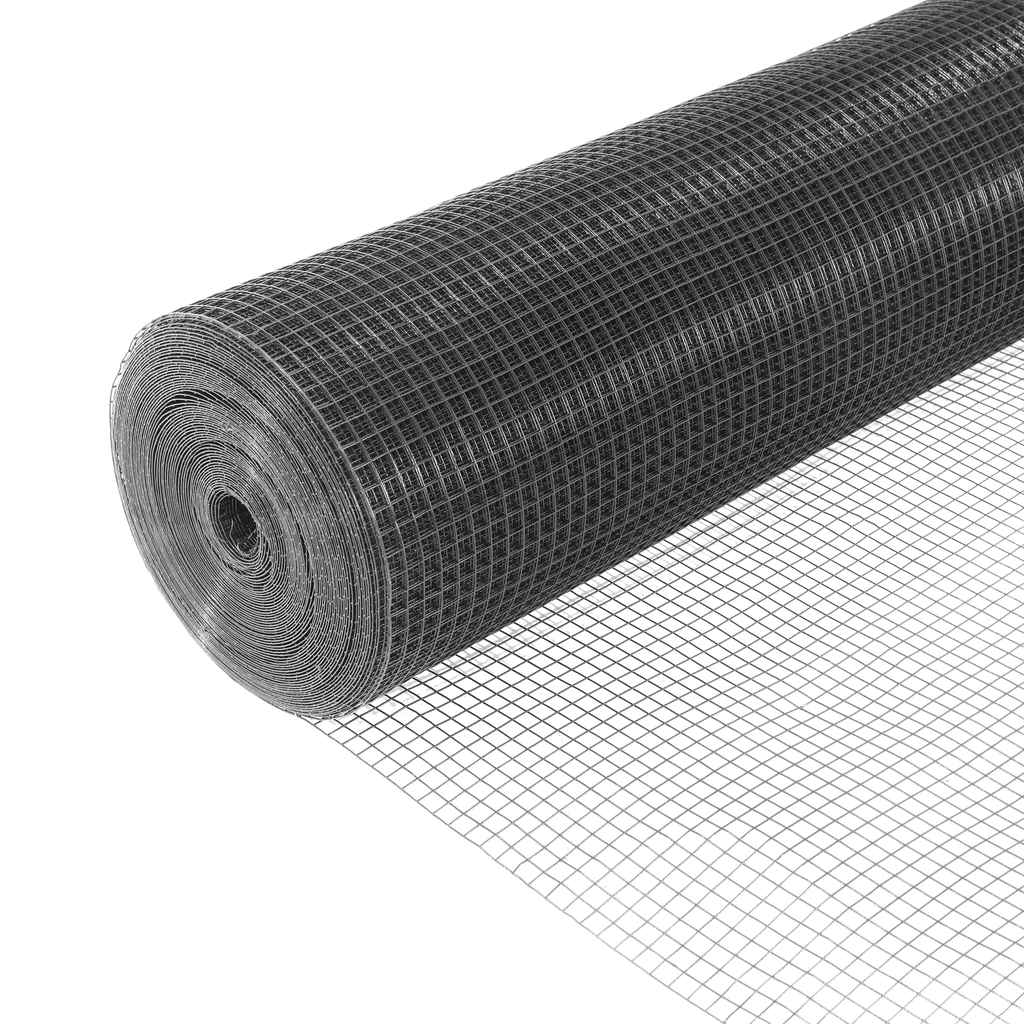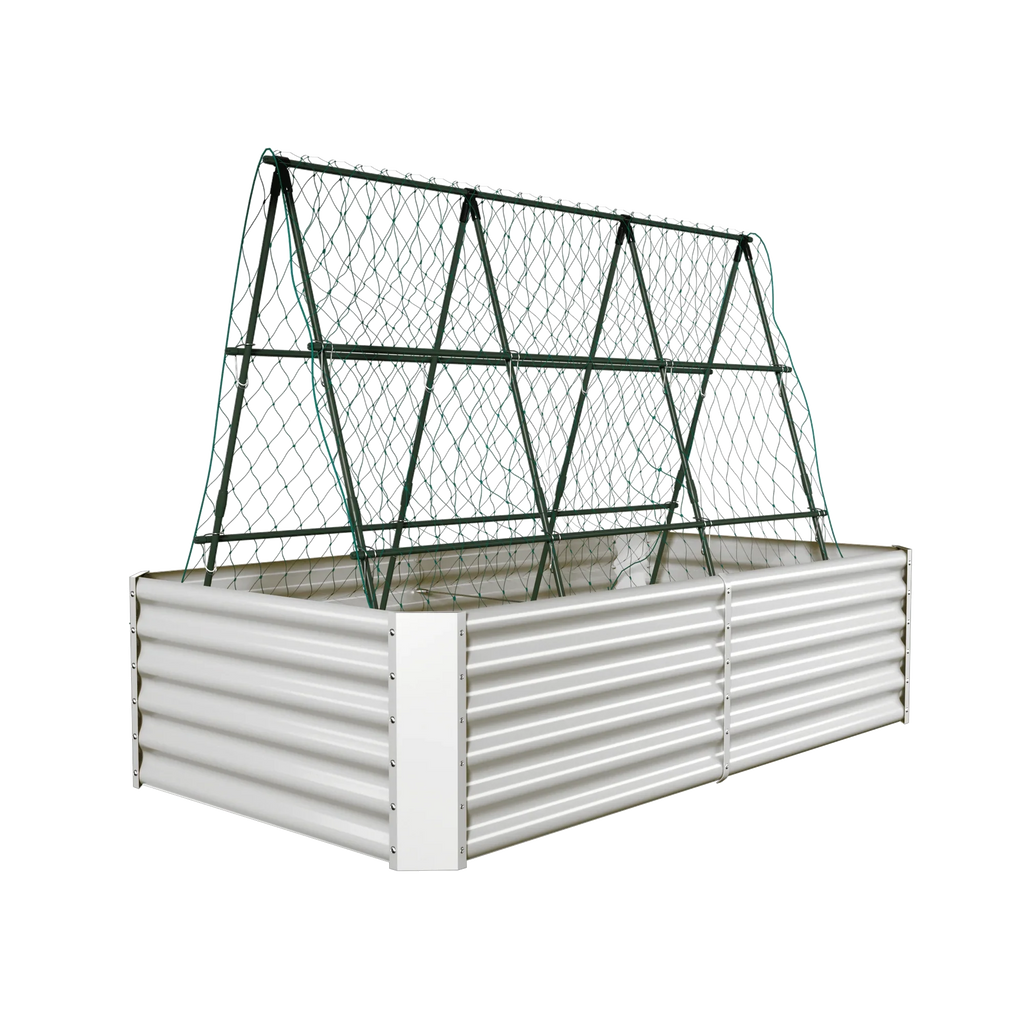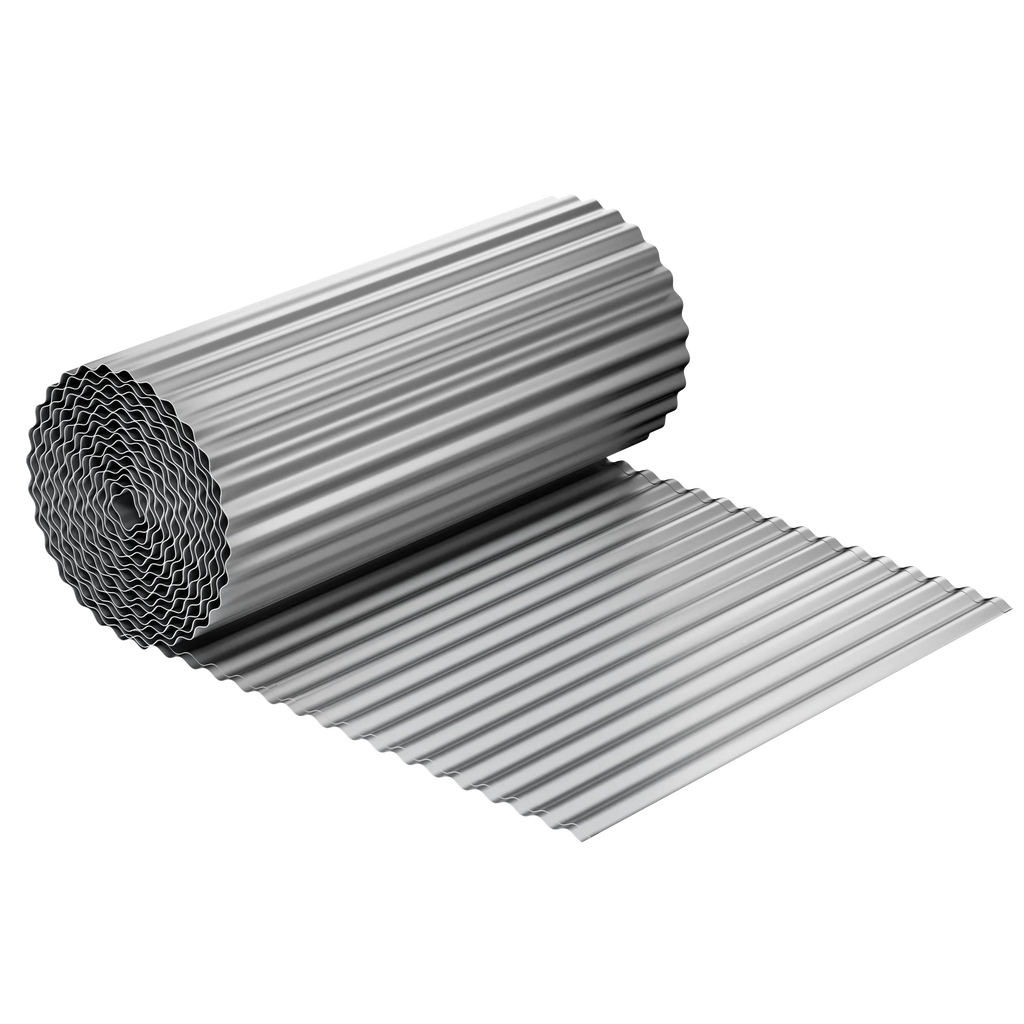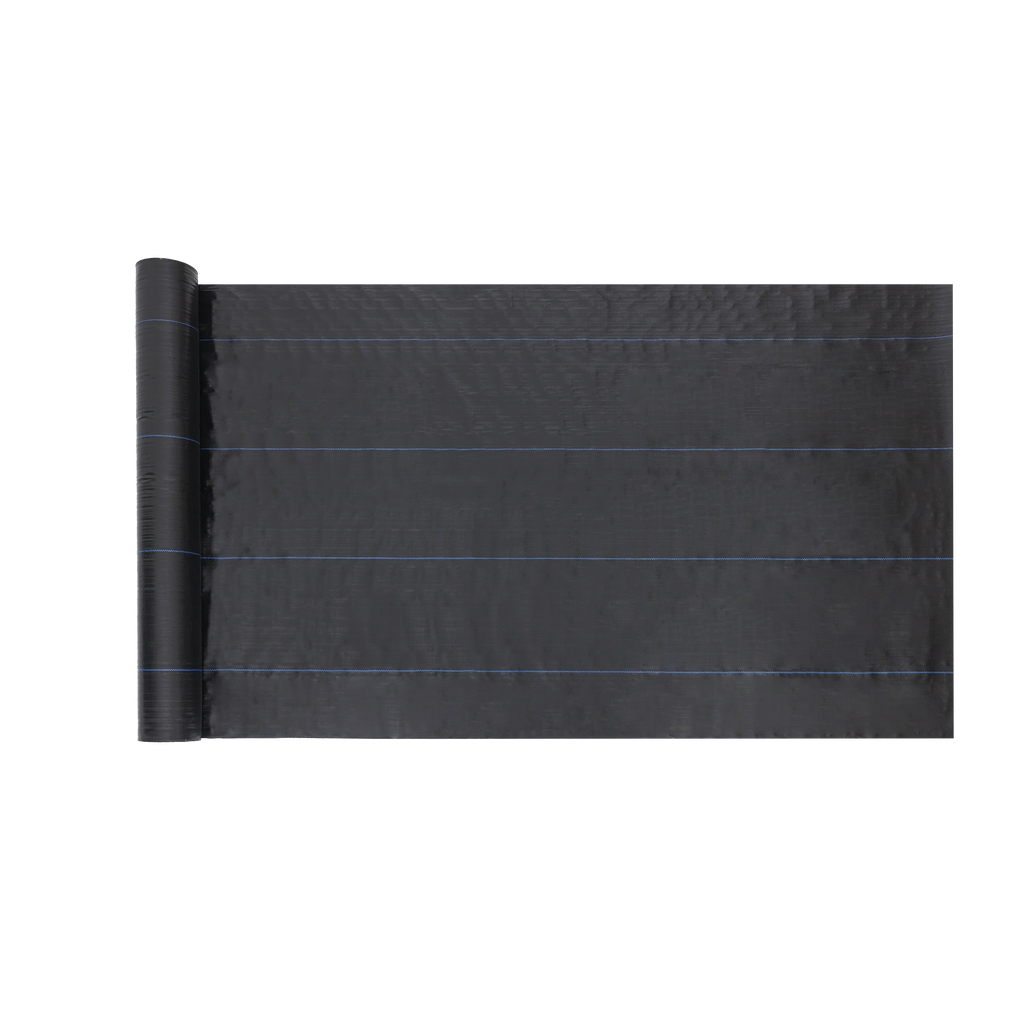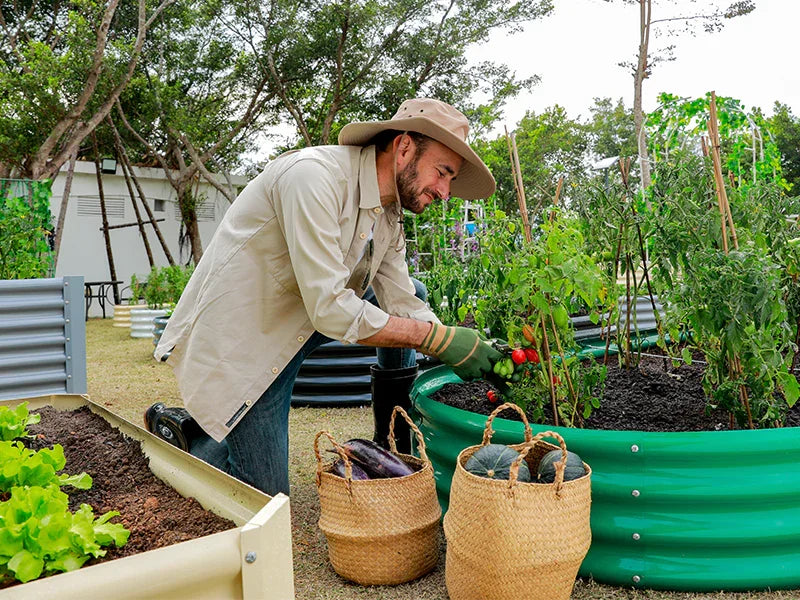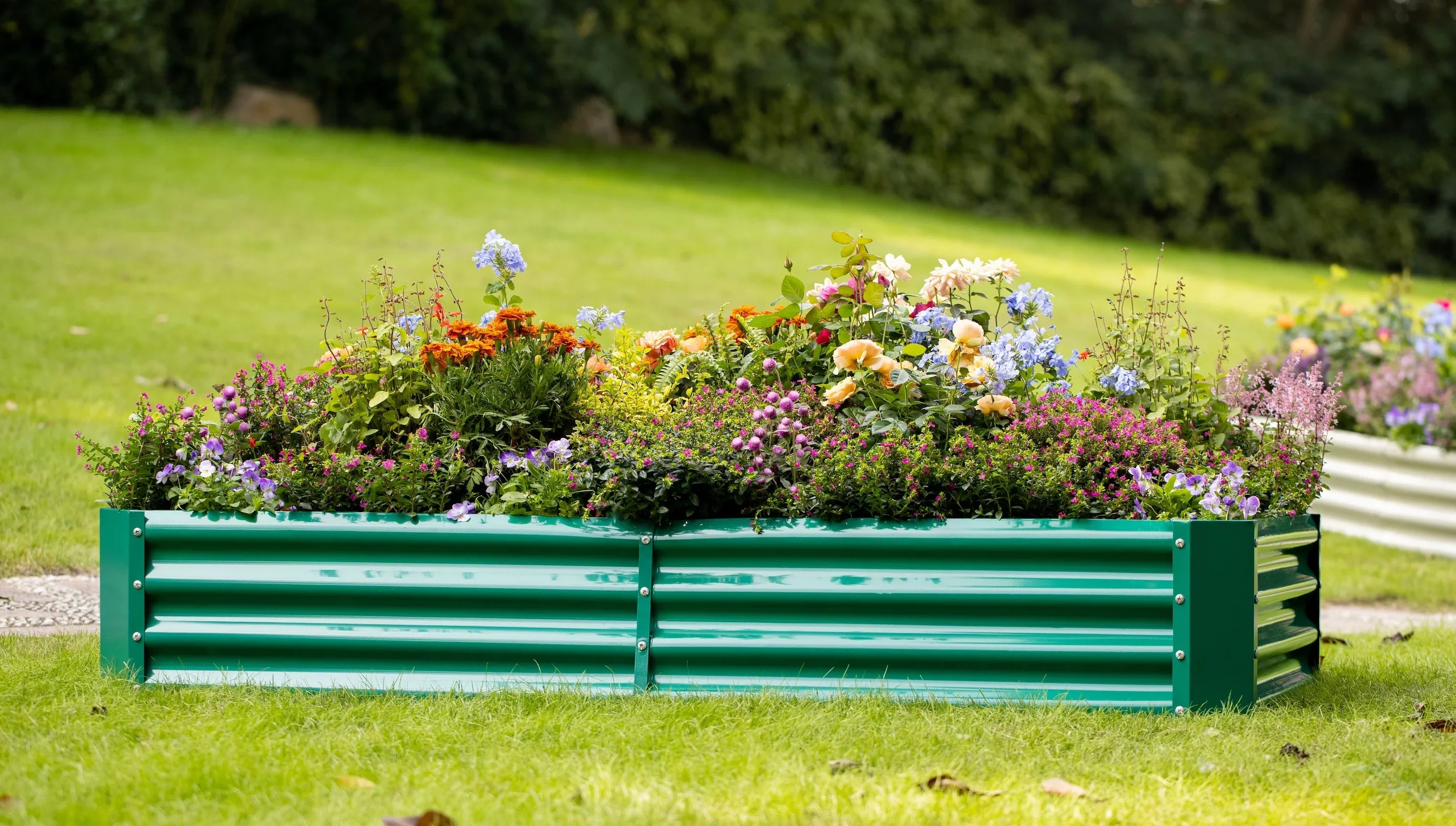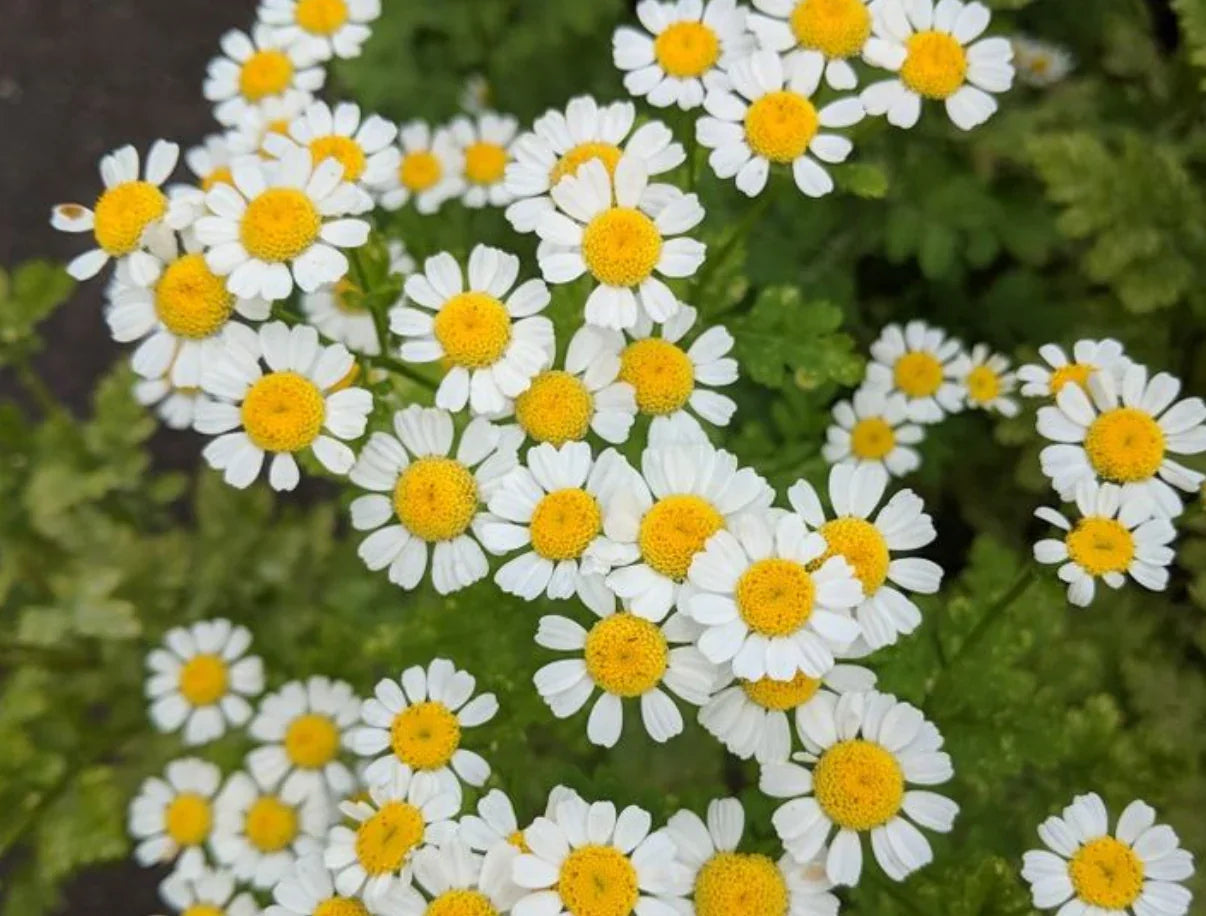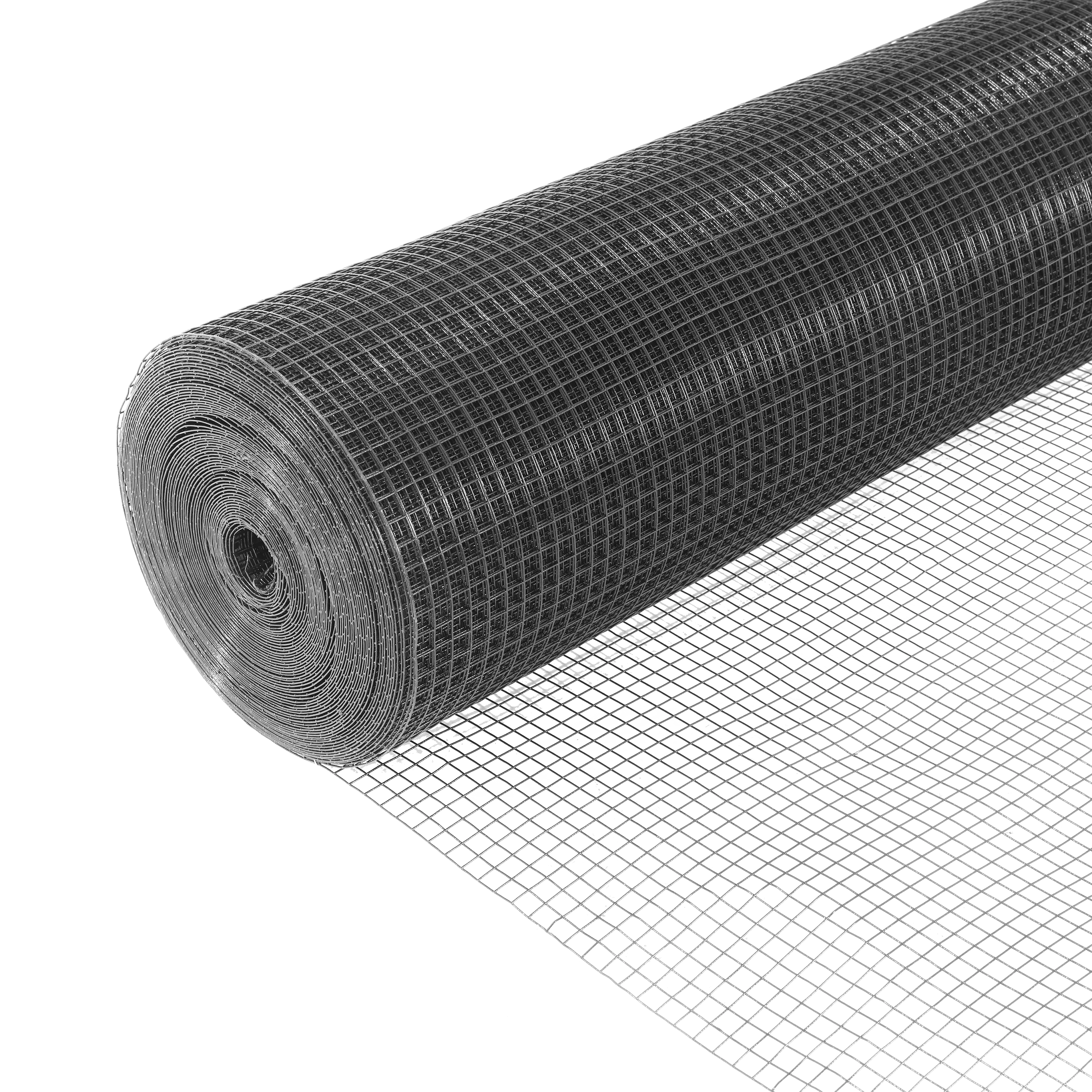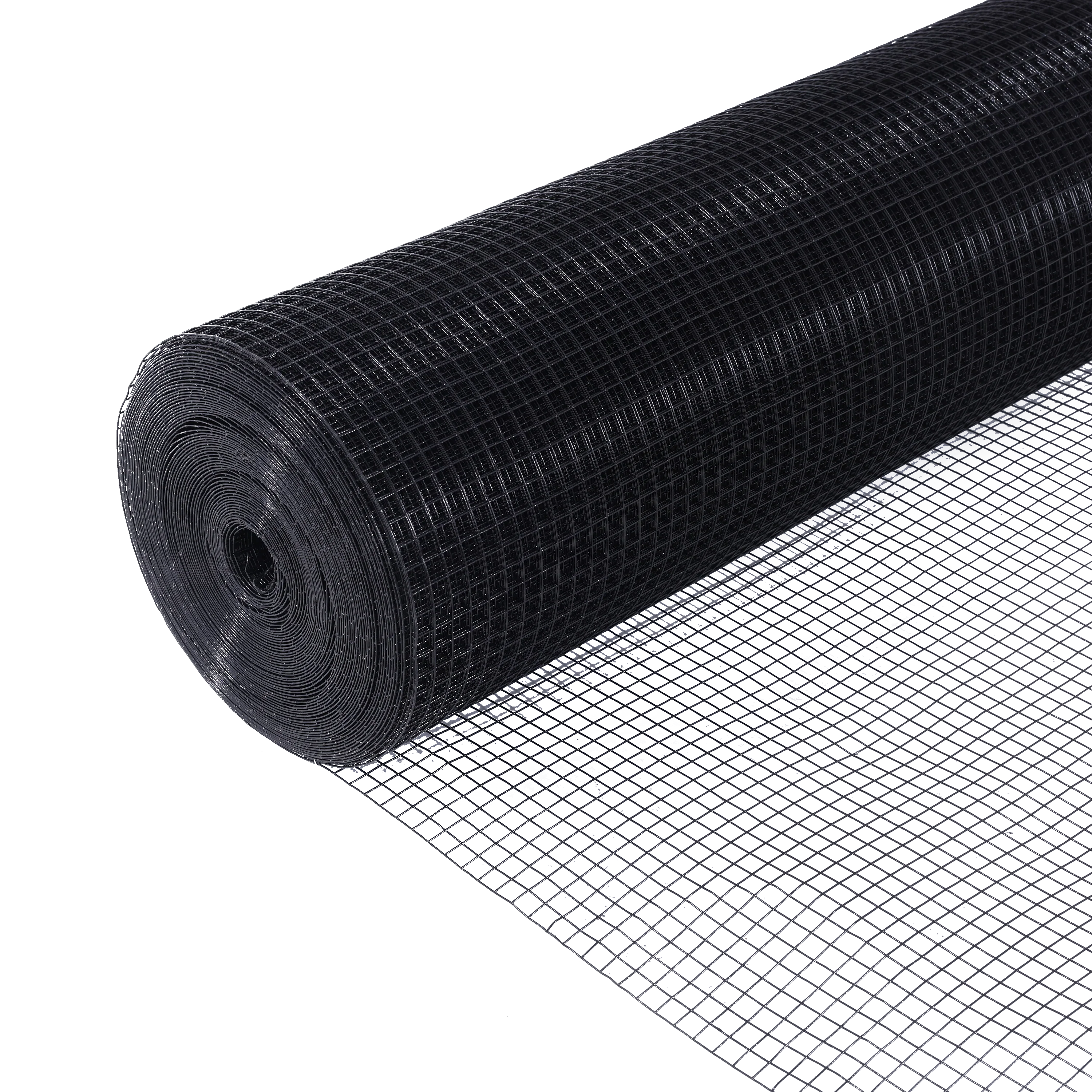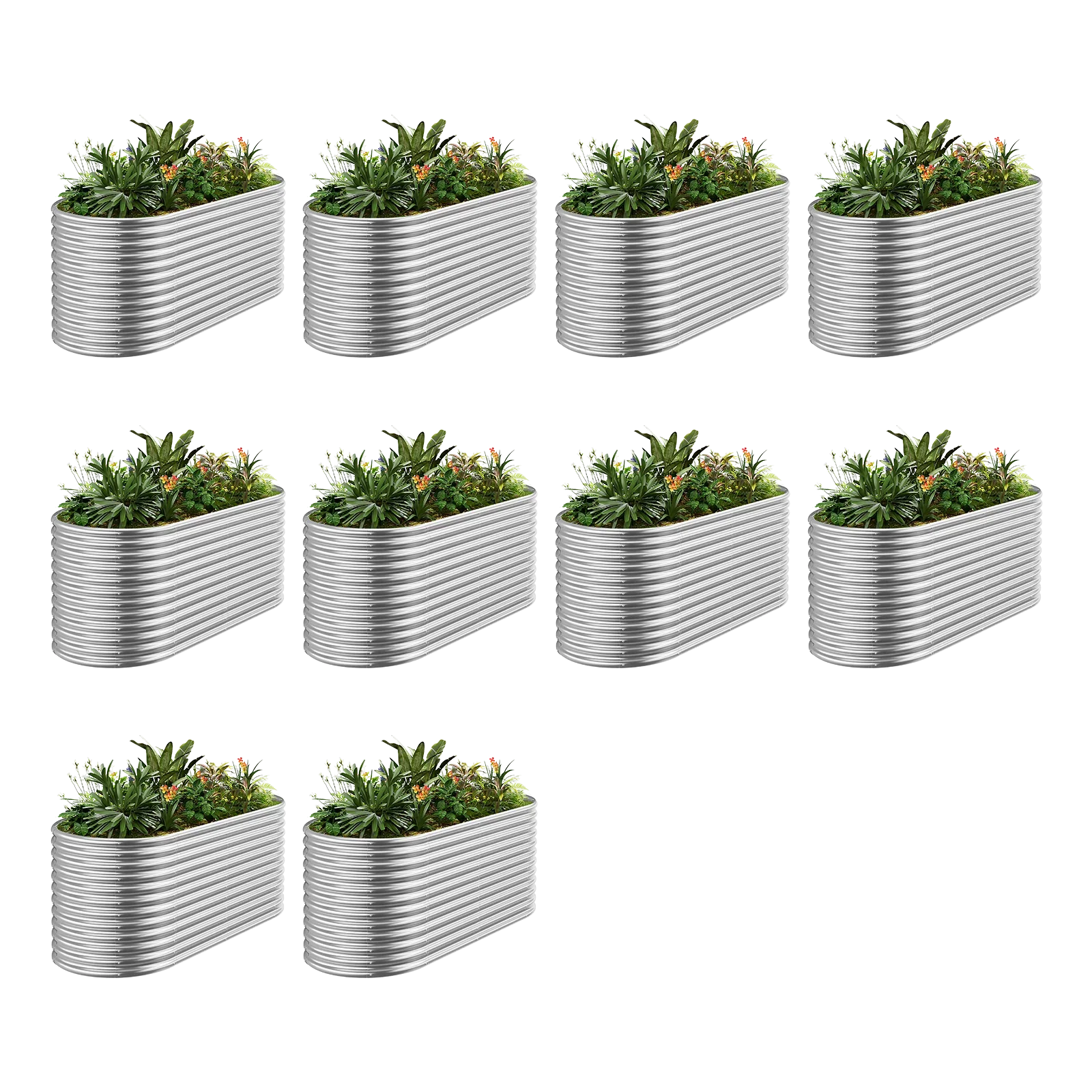Landguard's Ultimate Guide to Autumn Vegetable Gardening: Expert Tips for Bountiful Harvests
Discover how to extend your growing season and enjoy fresh produce even as temperatures drop
Autumn vegetable gardening presents a unique opportunity to extend your harvest season and enjoy fresh, homegrown produce long after summer has ended. As temperatures cool and daylight hours diminish, many vegetables thrive in the cooler conditions, developing sweeter flavors and crisper textures.
This comprehensive guide from Landguard will walk you through the essential steps for successful autumn vegetable gardening in the United States, leveraging smart gardening techniques and appropriate technology to maximize your yields.
Why Garden in Autumn?
Autumn gardening offers several advantages over spring and summer cultivation. Cooler temperatures reduce stress on plants and gardeners alike, while decreased pest pressure means less time spent on pest management. Many vegetables actually improve in flavor after exposure to light frost, converting starches to sugars for natural cold protection.
Additionally, autumn gardening extends your harvest window, providing fresh produce well into winter months with proper planning and protection.
Planning Your Autumn Vegetable Garden
Strategic planning is crucial for autumn gardening success. The key difference from spring gardening is that you're working against the clock as days shorten and temperatures drop.
-
Count Backwards from First Frost Date: Determine your area's average first frost date (consult local extension services), then count backwards using the "days to maturity" listed on seed packets. Add an additional 2-3 weeks to account for slowed growth as days shorten1.
-
Succession Planting: Replace harvested summer crops with autumn-appropriate vegetables. This maximizes your garden's productivity and soil utilization1.
-
Choose Appropriate Varieties: Select vegetable varieties specifically bred for cold tolerance and shorter day length adaptation. Many seed companies designate "autumn" or "winter" varieties.
Landguard's smart garden sensors can help track soil temperature and predict frost dates, taking the guesswork out of autumn planting schedules.
Best Vegetables for Autumn Harvest
Not all vegetables are suited for autumn cultivation. These varieties perform particularly well in falling temperatures:
Quick-Maturing Crops (30-60 days)
-
Radishes: Thrive in cool weather, developing crisp texture and mild flavor1.
-
Spinach: Becomes exceptionally sweet after frost exposure; can harvest young leaves in as little as 30-40 days1.
-
Arugula: Peppery flavor mellows slightly in cool weather2.
-
Lettuce: Many varieties thrive in autumn's cool temperatures, developing sweeter flavor and crisper texture1.
-
Asian Greens: Bok choy and similar greens resist light frosts and mature quickly1.
Frost-Tolerant Crops
-
Kale: Flavor actually improves after frost; exceptionally cold-hardy1.
-
Broccoli: Produces sweeter florets when maturing in cool weather1.
-
Carrots: Become exceptionally sweet as temperatures drop; can be left in ground with protection12.
-
Beets: Roots can withstand frost; greens are also edible1.
-
Cabbage: Forms tight heads in cool weather; flavor improves with cold exposure1.
-
Brussels Sprouts: Considered most cold-tolerant vegetable; flavor improves after frost.
Here's a reference table for autumn planting timing based on frost dates:
| Vegetable Type | Days to Maturity | When to Plant Relative to First Frost |
|---|---|---|
| Lettuce | 45-55 | 8-10 weeks before |
| Radishes | 25-30 | 4-6 weeks before |
| Spinach | 40-45 | 6-8 weeks before |
| Kale | 50-65 | 10-12 weeks before |
| Broccoli | 70-90 | 12-14 weeks before |
| Carrots | 70-80 | 12-14 weeks before |
| Beets | 55-65 | 10-12 weeks before |
Soil Preparation and Fertilization
Autumn soil preparation differs from spring practices because plants need to establish quickly before temperatures drop.
-
Soil Testing: Begin with a professional soil test to determine pH and nutrient levels. Most vegetables prefer slightly acidic soil (pH 6.0-6.8)3.
-
Amend Soil: Add 3-6 inches of compost to replenish nutrients depleted by summer crops3.
-
Balanced Fertilization: Use organic fertilizers that release nutrients gradually. Avoid high-nitrogen formulas that promote tender growth susceptible to frost damage3.
-
Proper pH: Adjust soil pH if necessary. Landguard's soil monitoring system can continuously track pH and nutrient levels, taking the guesswork out of soil management.
Planting Techniques for Autumn Success
Adjust your planting techniques for autumn's unique challenges:
-
Direct Sowing in Hot Weather: Plant seeds slightly deeper than spring plantings to reach cooler, moister soil1.
-
Use Shade Protection: Provide afternoon shade for newly seeded areas to protect from intense late summer heat5.
-
Transplanting: Start seeds indoors or in shady areas for transplanting when temperatures moderate1.
-
Water Management: Ensure consistent moisture for germination during late summer's heat. Landguard's smart irrigation system can automatically adjust watering based on soil moisture and weather conditions.
-
Mulching: Apply lightweight mulch after planting to conserve moisture and keep soil temperatures moderate3.
Season Extension Techniques
Protective structures can significantly extend your harvest window:
-
Cold Frames: Simple structures that capture solar heat while protecting plants from frost3.
-
Row Covers: Lightweight fabric covers provide 2-4°F of frost protection while allowing light and water penetration1.
-
Hoophouses: Semi-permanent structures that create a mini-greenhouse effect5.
-
Cloches: Individual plant protectors made from various materials6.
Landguard's microclimate sensors can help you monitor conditions under protection structures to prevent overheating on sunny days.
Water Management in Autumn
Water needs change as temperatures drop and rainfall patterns shift:
-
Reduce Frequency: As temperatures cool, plants require less frequent watering.
-
Morning Watering: Water early in the day to allow foliage to dry before cooler evenings, reducing disease risk.
-
Deep Watering: Encourage deep root growth by watering thoroughly but less frequently.
-
Monitor Rainfall: Adjust irrigation based on natural precipitation. Landguard's smart irrigation controllers automatically adjust based on weather forecasts and soil moisture sensors.
Pest and Disease Management
Autumn gardens face different pest and disease pressures:
-
Slugs and Snails: Thrive in cool, moist conditions; use organic controls like diatomaceous earth or traps.
-
Aphids: Population often surges in autumn; monitor closely and use strong water sprays or insecticidal soap.
-
Powdery Mildew: Becomes more prevalent as nights cool; ensure good air circulation.
-
Preventative Measures: Keep garden clean of debris where pests and diseases can overwinter2.
Harvesting and Storage
Proper harvesting techniques ensure maximum flavor and storage life:
-
Timing Matters: Harvest cool-weather crops in morning when their sugar content is highest.
-
Frost Protection: Harvest frost-tender crops before hard frosts2.
-
Storage Conditions: Many root vegetables can be stored in ground under mulch layers or in cool, humid conditions2.
-
Preservation: Consider freezing, drying, or fermenting excess harvest.
Landguard's Smart Gardening Solutions for Autumn
Landguard's innovative gardening systems simplify autumn gardening:
-
Soil Monitoring System: Continuously tracks soil moisture, temperature, and nutrient levels, sending alerts when attention is needed.
-
Smart Irrigation Controller: Automatically adjusts watering based on soil conditions, weather forecasts, and plant needs.
-
Microclimate Sensors: Monitor conditions at plant level to optimize protection strategies.
-
Garden Planning Software: Helps schedule succession planting and predicts harvest dates based on your specific conditions.
Regional Considerations for US Gardeners
Autumn gardening varies significantly across USDA Hardiness Zones:
-
Northern States (Zones 3-5): Focus on quick-maturing crops and aggressive season extension techniques. Planting begins in mid-to-late summer.
-
Mid-Atlantic/Midwest (Zones 6-7): Ideal for autumn gardening with long, mild autumns. Planting continues into September.
-
Southwest (Zones 8-9): "Second spring" gardening with planting extending into October and November.
-
Deep South (Zones 10-11): Prime gardening season begins as summer heat breaks; cool-season crops thrive through winter.
Preparing for Winter
Proper autumn garden preparation sets the stage for spring success:
-
Soil Amendment: Add compost and organic matter to beds as they empty3.
-
Cover Cropping: Sow winter rye, clover, or vetch to protect soil, suppress weeds, and add organic matter8.
-
Garden Cleanup: Remove spent plants to reduce pest and disease carryover, but consider leaving some habitat for beneficial insects2.
-
Tool Maintenance: Clean and sharpen tools before storage3.
-
Infrastructure Repair: Fix beds, trellises, and irrigation systems during the off-season.
Conclusion: Embrace Autumn Gardening
Autumn vegetable gardening offers rewarding opportunities for gardeners willing to extend their season. By selecting appropriate crops, implementing season extension techniques, and leveraging smart gardening technology like Landguard's systems, you can enjoy fresh homegrown produce long after summer has ended.
Remember that gardening is a continuous learning process. Each autumn provides new insights into your garden's microclimates and how different varieties perform in cooling conditions.
Have you tried autumn vegetable gardening? Share your experiences or questions in the comments below! Our community of gardening experts is here to help you succeed.
Discover how Landguard's smart gardening systems can simplify your autumn gardening efforts while maximizing your harvest. From soil sensors to automated irrigation controls, our technology helps you garden more efficiently while conserving resources.






